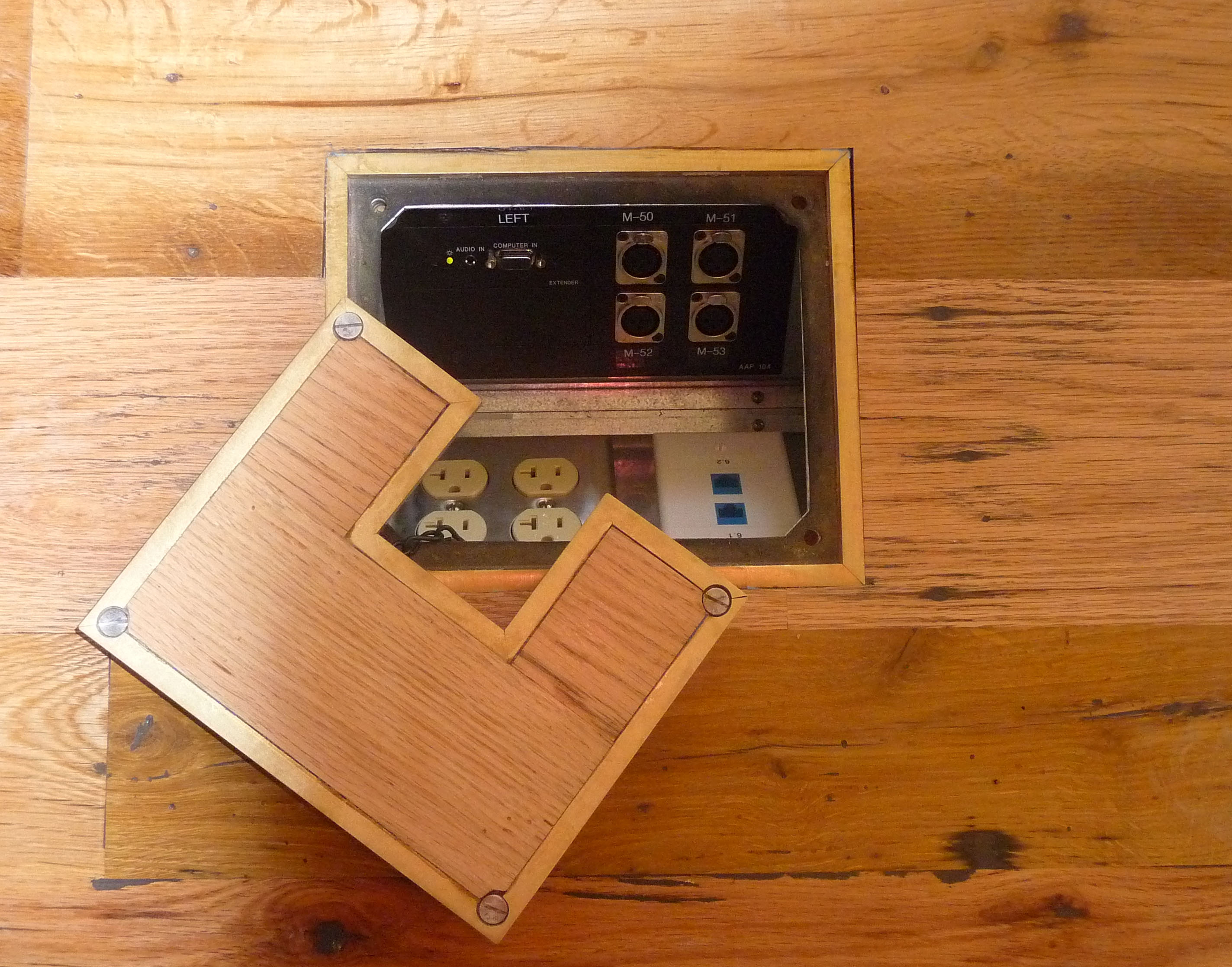Do you have an upcoming meeting that you suspect will be even more boring than usual? Are you worried you might embarrass yourself in front of your colleagues with your freakish, abnormally loud snoring? Well, fret no more: We have an easy and counterintuitive solution for you. Simply volunteer to record the meeting minutes.
No one ever enjoys recording the minutes, but by forcing yourself to write down what people are saying, you not only dramatically reduce your chances of falling asleep, you also dramatically increase your chances of emerging from the meeting with a basic understanding of what people said.
If you’ve never recorded meeting minutes before, here’s what you need to know.
Why Are Meeting Minutes Important?
If multiple people miss the meeting, giving them a copy of the minutes is more efficient than tracking them down one by one and verbally recounting what they missed. Also, if someone forgets a decision made or an action item, giving them a copy of the minutes is more efficient than sending them to a hypnotist to retrieve the memory.
Use a Template
Before the meeting begins, it’s important to write down the following information: the date and time of the meeting, the purpose of the meeting, the meeting lead or chair’s name, and the names of the attendees. You’ll also need a space for assigned action items, decisions made, and general notes.
That’s a lot to remember, which is why the meeting minute template supply business is such a lucrative one. Hopefully, whoever organized the meeting will already have a template for you. (If the meeting organizer is particularly competent, they will have combined the meeting agenda and the minutes template into one integrated document).
In the off-chance that no template is provided for you, you can either search for one online, or do it the old fashioned way and write it out by hand.
Don’t Write a Word For Word Transcript
The most common mistake that rookie meeting minute recorders make is to try too hard. Unless your meeting also happens to coincide with humanity’s first encounter with intelligent extraterrestrial life, it is not necessary to write a word for word transcript. Nothing anyone says during the meeting will be important enough to warrant that level of scrutiny.
You don’t even need to write a summary of every minute. (In this regard, the term “meeting minutes” is a bit misleading — “meeting 5 minutes” or “meeting quarter hours” would perhaps be more accurate).
As long as your notes include actions taken/agreed to be taken, next steps, voting outcomes, motions taken or rejected, items to be held over, new business, and the next meeting date and time, you should be in the clear.
Don’t Wait Too Long To Write Up Final Document
As soon as the meeting is over, you should rush to a quiet room and write up the final document while the meeting is still fresh in your mind. This shouldn’t take more than 15 minutes. All you have to do is translate your rough notes into legible sentences and expand on things that may not be immediately clear.
When writing the final document, don’t be afraid to be boring. If every sentence includes a Joyce-worthy turn of phrase, you’re doing it wrong. Short, simple sentences are the way to go. “Mulligan suggested that the company seek legal counsel to deal with bankruptcy proceedings” is better than “Stately, plump Buck Mulligan came into the conference room bearing a laptop on which a PowerPoint presentation arguing for the necessity of legal counsel lay in wait.” No one reads meeting minutes for their literary quality, so keep your adjectives and references to Ulysses to a minimum.
So what should the final document look like? Here’s a good example. If your document looks anything like that, give yourself a pat on the back for a job well done.
ADDITIONAL READING
Conference Room Design: A Guide for the Perplexed
Meeting Room Setup in 1 Day
AV System Integrators: Are They Really Necessary?

